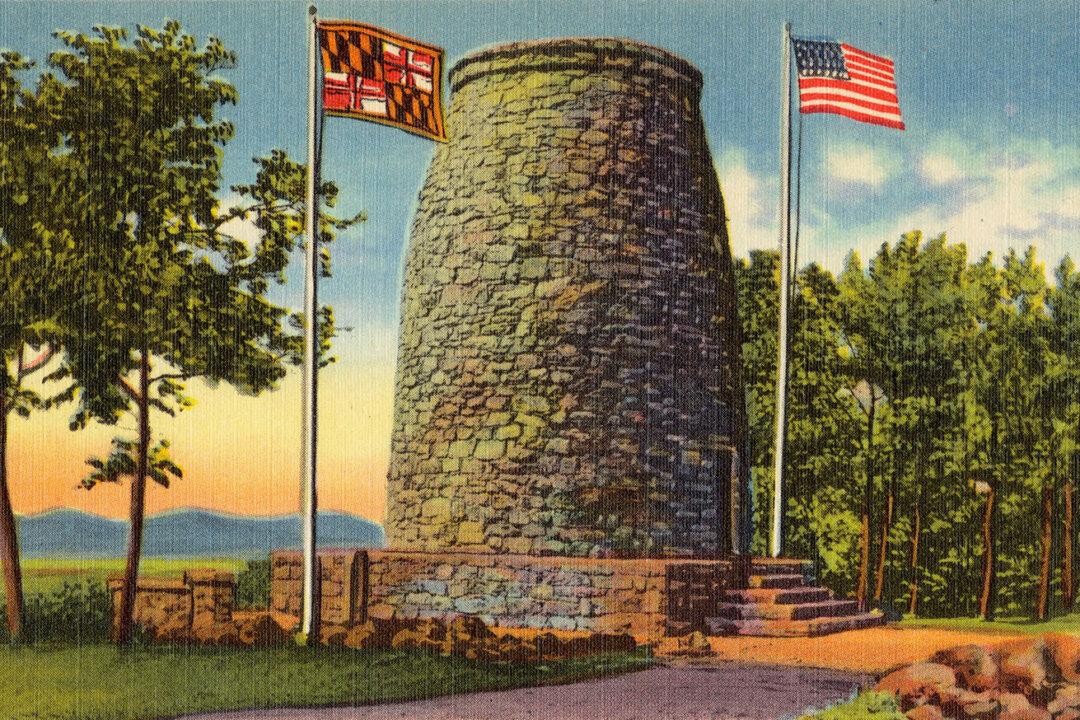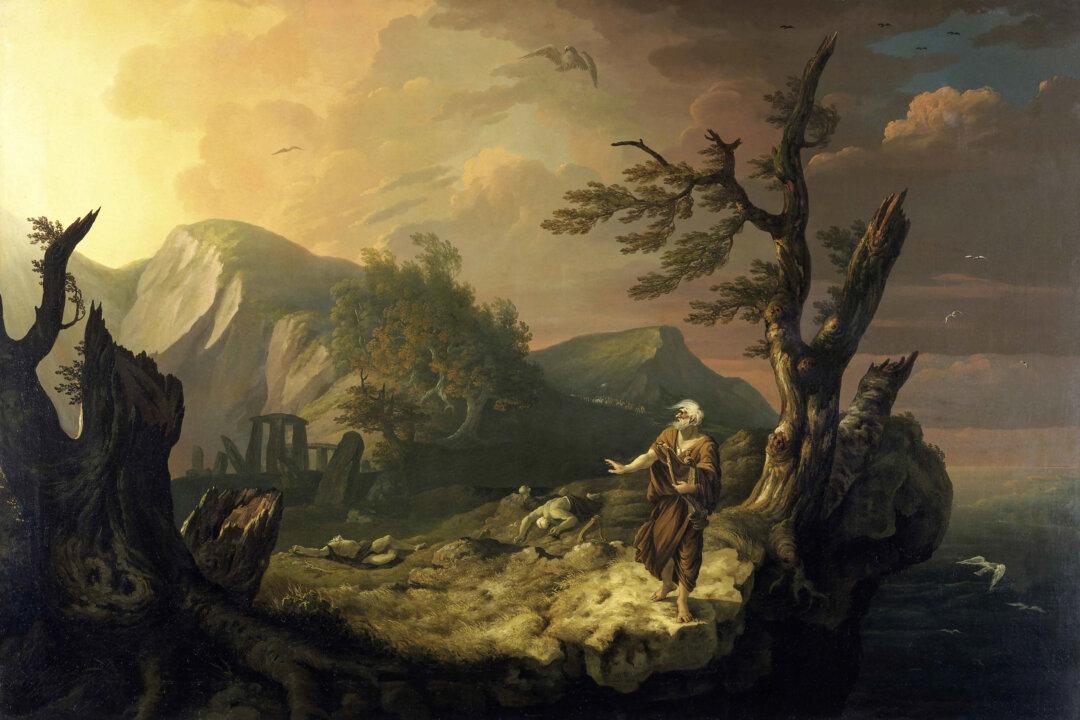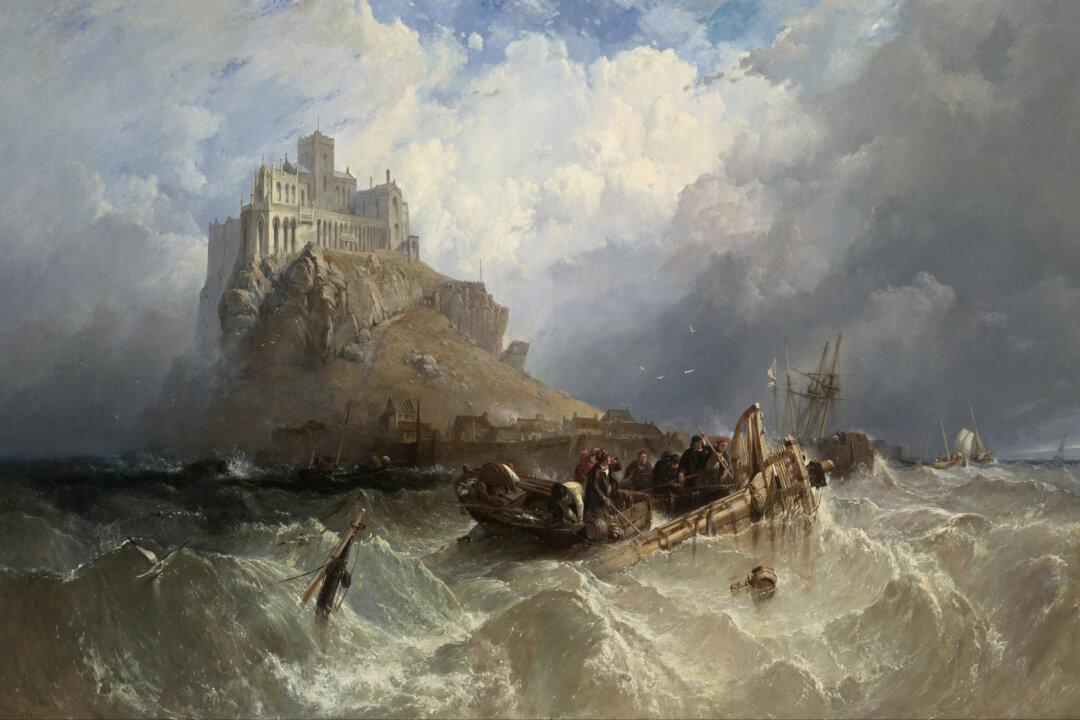Mom didn’t drive when I was very young, but Mom was mobile. We often boarded the streetcar for errands as she ventured into Baltimore for everything from groceries to visits to the pediatrician. This was during the 1950s, when you could live in the leafy suburbs of a large American city and still get around by streetcar. Streetcars were amazing! In my youth, they were a magic carpet to adventure—and with Mom there, to learning, too.
One Sunday morning, Mom took me somewhere deep downtown. Perhaps we were visiting the old cathedral. I don’t really remember the destination. But I will never forget the lesson in the journey. We made our way past the great steel plant, and I must have wondered at the great smokestacks belching smoke. A few years before I was born, these plants had been a vital part of steel production during World War II. Here they were, smoking away.
“Do you know why the smokestacks and the blast furnaces are always burning, even on a day when nobody is making steel?” she asked.
It was a great question, but perhaps more than a child’s mind could wrap itself easily around. So Mom, always a great teacher, proceeded to explain in some detail how steel was made. “Those blast furnaces are very hot!” she continued. “The firemen who stoke them can never let them grow cold. Should they ever go out, it would take weeks to get the extreme temperature back again.”
Weeks! Mom went on to describe how a blast furnace was created. A brick furnace was constructed with a colossal smokestack. Then, carpenters would build a cribbing of timber inside. A fire would be built inside the cribbing that would eventually cause the entire cribbing to burn. The fire would grow in temperature, eventually consuming the cribbing.
That is why it had to be continually fed. Even on a Sunday, even on Christmas Day, even on nights when no one else was there, a rotating group of firemen stoked the great furnaces, now with coal, to keep them hot. That is why the first shift workers could go right to work producing steel.
Mom was an amazing teacher. In fact, straight out of Westhampton College (now part of the University of Richmond), she taught school in an area she often sarcastically referred to as the “Third Battle of Manassas.” She lived in a boarding house where one of the residents was a good hunter. It was the height of the Depression, and Mom was glad to see meat on the table, even as she and everyone else often had to pick shot (metal pellets from the shotgun shells) out of their fresh game dinner.
In an era when few rural women completed college, Mom went to graduate school for a degree in physics. She left teaching and went to Johns Hopkins in Baltimore. She rode the streetcar to school. Then there came the World War. The Glenn L. Martin Company was designing and building seaplanes for the Pacific Theater. Mom got a job in their engineering department. If you’ve seen the movie “Hidden Figures,” you know exactly what she did.
Engineering departments hired women who were proficient in mathematics to work alongside the (then) predominantly male designers. Their work was essential to the rapid development of new airframes. Mom was proficient with the slide rule. There were no sophisticated computers—only some big clunky adding machines. “Computers” in those days were people.
It was the quintessential American story. My father was an engineer designing aircraft. He married his number cruncher. Mom never lost her passion for teaching. She was always one to pique her children’s observations. How cool it is to have a mother who points out beautiful airplanes! She had grown up on a farm, so she was equally excited to point out the wonders of the natural world.
I remember one sunny day when I was very young, and we sat outside at the picnic table. Mom brought out construction paper, scissors, and glue. We built little model houses and set them in the garden. Somehow, I found that afternoon very satisfying, remembering it even to this day.
Not many people homeschooled in those days, so my idyllic early education gave way to what was for me a rather frustrating experience in mass-produced education. I struggled in school, but Mom and Dad were patient tutors. They got me through. Many years later, Mom confided that she wished she’d homeschooled us. I think she thought it would have simply been more efficient.
She instilled in us a love of learning (and sharing knowledge). But I think her greatest lesson for me was a metaphorical one. She taught me something of the creative process. Even when we were on vacation, Mom was the one who often pointed out something freshly observed. She taught me how to see the world. The most important lesson, however, was extrapolated from the blast furnaces. There is something in the creative spirit that must never be allowed to grow cold. One must always feed it. For this I say, “Thank you, Mom! It’s alive and well in your great-granddaughters!”
My children, and their children, want to know, and how they love to explain! When they’re studying ancient Greek civilization, they want to know what ancient Greeks ate back then—and then they make the food! The baton is passed; but a day with the granddaughters is often one in which that creative energy is passed right back.
We’ve built a scale model of a French castle, sailed Leonardo da Vinci’s parachute off of the porch roof, and even assembled his unique bridge design—the one that fits together without fasteners and is meant to be carried by soldiers who each carry one part. I leave an afternoon with them tired, but inspired. The fire is in all of us. We nurture it with our summer projects together, in our conversations, and sometimes in quiet play. We toss it back and forth. Wonder is its constant fuel. I think Mom would be pleased!
This article was originally published in American Essence magazine.




